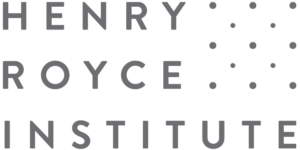In this project, students investigate DNA as a building material and discover how its molecular structure lends itself to much more than just biological code.
Project timeline
DNA Origami follows IRIS’ 4 phased project structure:
Prepare & launch: Teachers get ready and launch DNA Origami, using our helpful guidance documents.

Background research & skills development: With access to our support materials, students develop the knowledge and skills required to successfully complete research.
This includes gaining secure level of knowledge and understanding of caDNAno software.

Student research: Students design their own DNA nanostructure and get a chance to synthesise a predesigned DNA origami structure.

Artefact development and conference: Students produce an article, academic poster presentation or academic paper, based on their research process and/or findings with the aim of exhibiting at IRIS’ conference.

Overview
suitability


Young scientists explore the exciting new world of DNA nanotechnology as part of this creative collaboration with the Henry Royce Institute and the Bragg Centre for Materials Research at the University of Leeds.
Based on the concept of the Japanese art of origami, students learn how to fold DNA to create new and unusual shapes using computer software. They work alongside researchers to investigate the potential applications for this self-building, designer material.
DNA Origami is a fun introduction into material science, a place where biology, chemistry, engineering, maths and physics converge. Budding scientists will uncover, first-hand, how this field of science has the potential to revolutionise our lives and provide potential solutions to global challenges.
Introducing the possibilities of structural design using biomaterials will engage the imagination of our young researchers and stimulate further exploration into the world of materials science.
This project has made me look at science differently. Rather than at a level we can see, we’re now working at a molecular level, which I knew was possible but not this much in depth.

